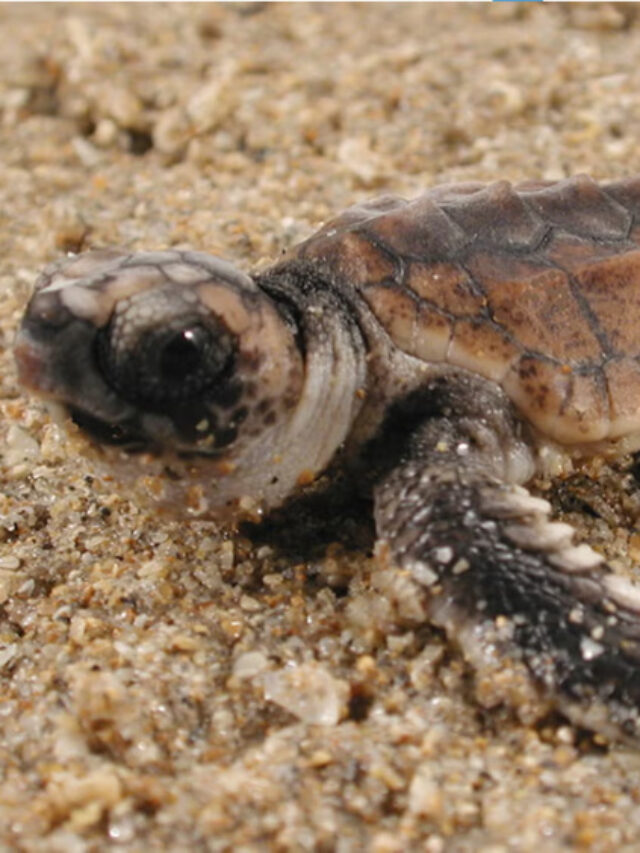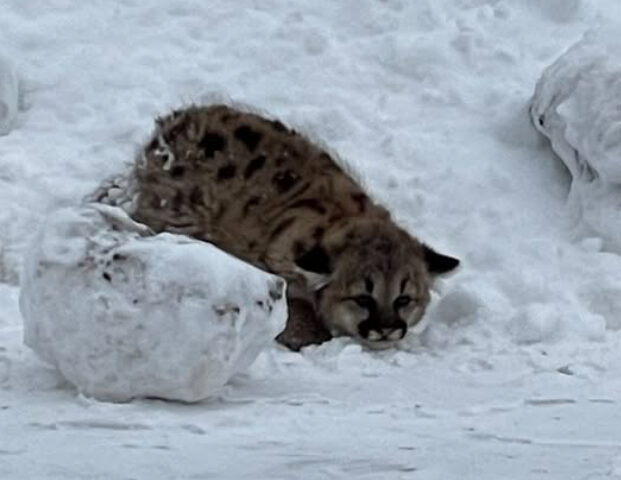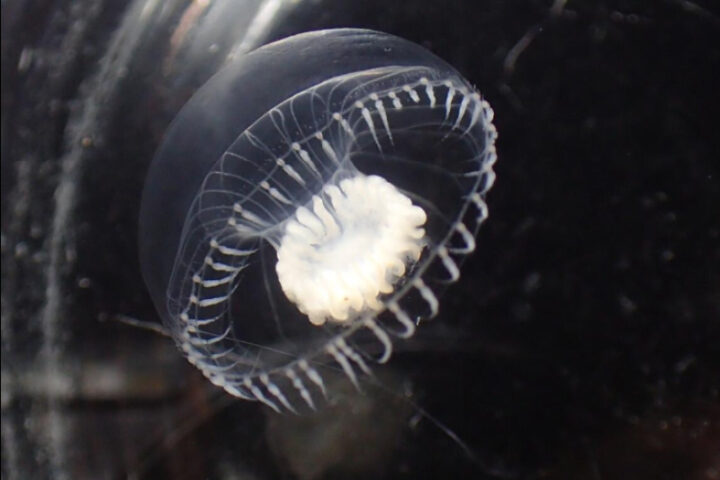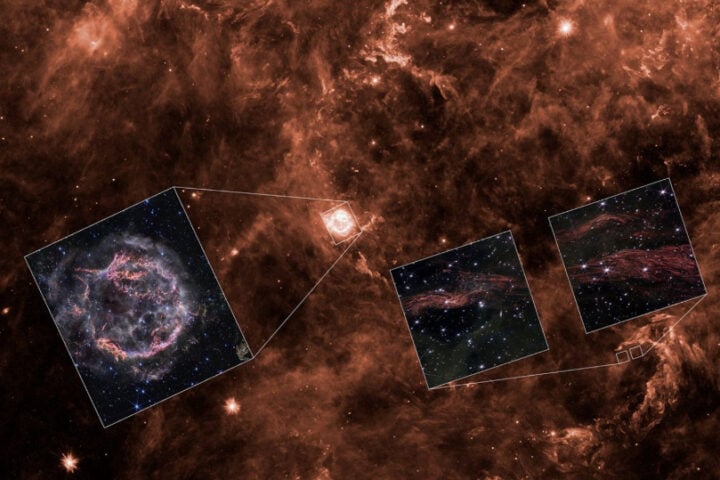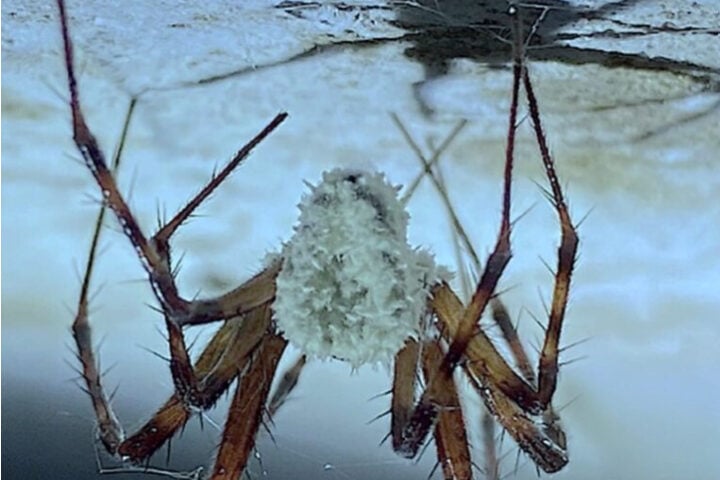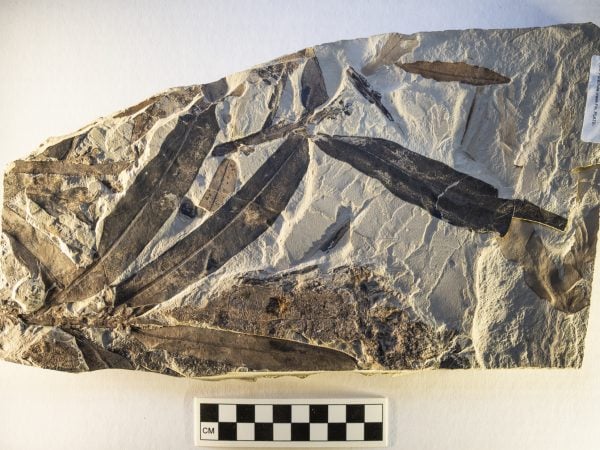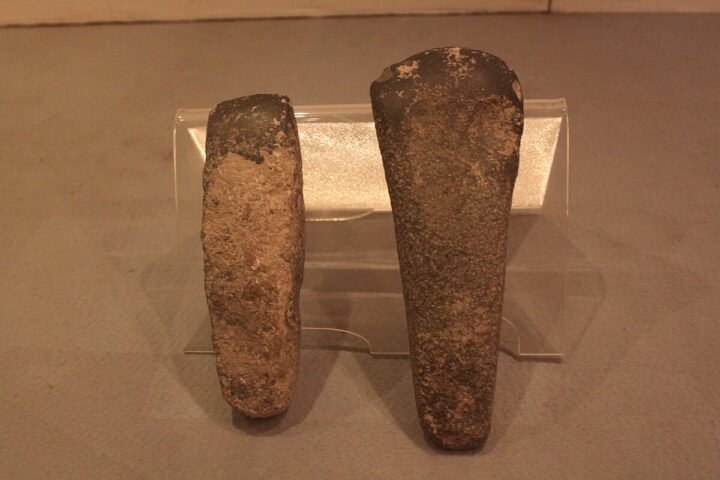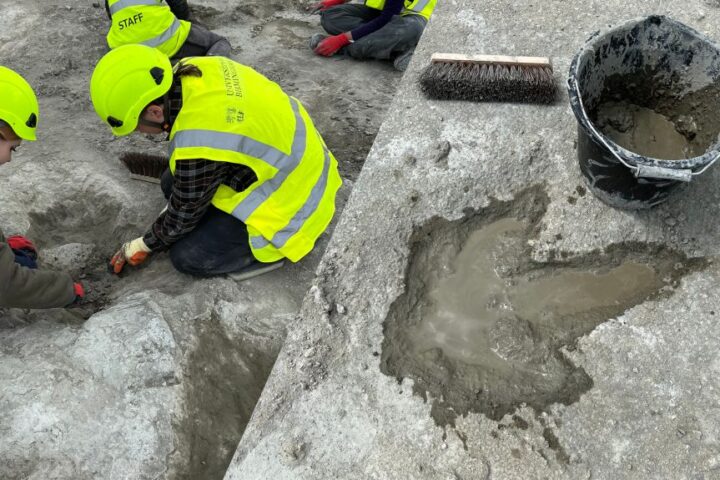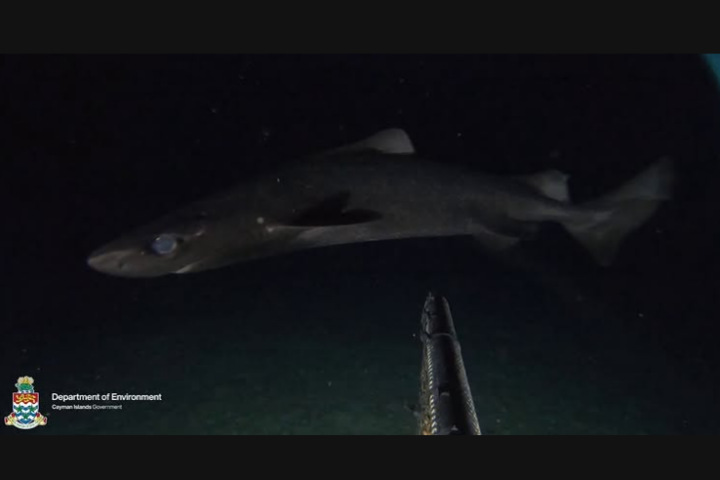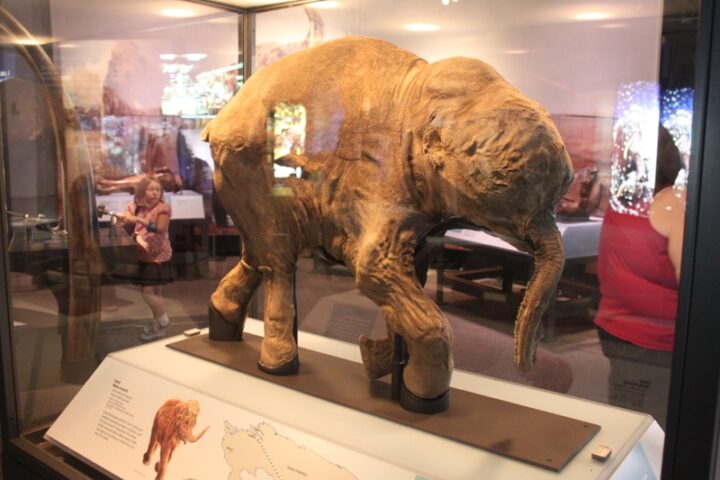Picture a turtle doing a happy dance for food – head up, flippers flapping, spinning like a top in the water. This playful behavior just helped scientists solve a longstanding question about how sea turtles navigate across thousands of miles of ocean.
Scientists at the University of North Carolina at Chapel Hill watched young loggerhead turtles perform this dance whenever they thought food was coming. This observation led to a breakthrough discovery, published in Nature on February 12, 2025.
These turtles can remember specific spots in the ocean using Earth’s magnetic field – like how we mark favorite places on our phone’s map. “When they get really excited, they stick their heads out; they slap their flippers wildly; they spin in place sometimes,” says Kayla Goforth, who led the research.
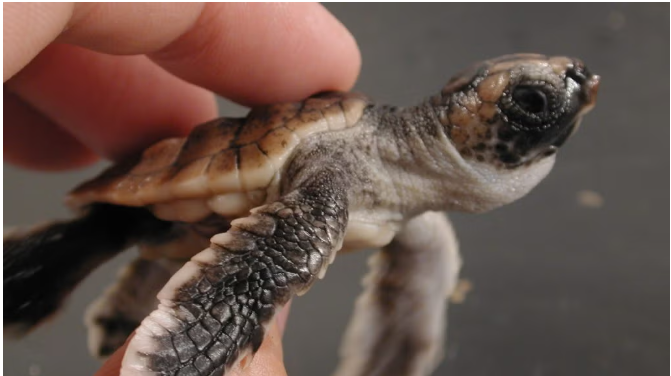
The research team tested this by creating magnetic fields in water tanks that matched different ocean locations. They fed the turtles in one specific magnetic field but not in others. After several months without exposure to these magnetic fields, the turtles would still dance when they felt that same magnetic field – even without food present.
This explains how sea turtles can swim 10,000 miles across oceans and still find their way back to their favorite feeding spots. They’re using two different magnetic senses: one works like a GPS to recognize specific locations (map sense), while the other helps them stay on course during swimming (compass sense).
Similar Posts
“The big question is always the mechanism,” Goforth explains. “We know that for seeing, we have eyes; for smelling, we have a nose; and for hearing, we have ears. But we haven’t found where turtles sense magnetic fields yet.”
This finding has real-world importance. Radiofrequency waves can disrupt turtles’ compass sense during their ocean journeys. Marine biologist Jeanette Wyneken points out why this matters: “Young sea turtles need to find food quickly to grow bigger than their predators’ mouths.”
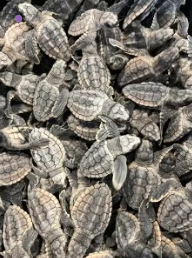
In nature, turtles appear to retain feeding information from when they are hatchlings to adults – a span that can last 20 years, according to Goforth.

Kenneth Lohmann, who runs the lab where this research happened, wasn’t sure this experiment would work at first. But watching turtles dance their way to a scientific breakthrough proved him wrong.
This research helps us understand not just turtles, but suggests similar magnetic sensing abilities might exist in other vertebrates too. It also reminds us to protect these ancient travelers from modern-day challenges that might disrupt their remarkable ability to find their way across the vast oceans.
